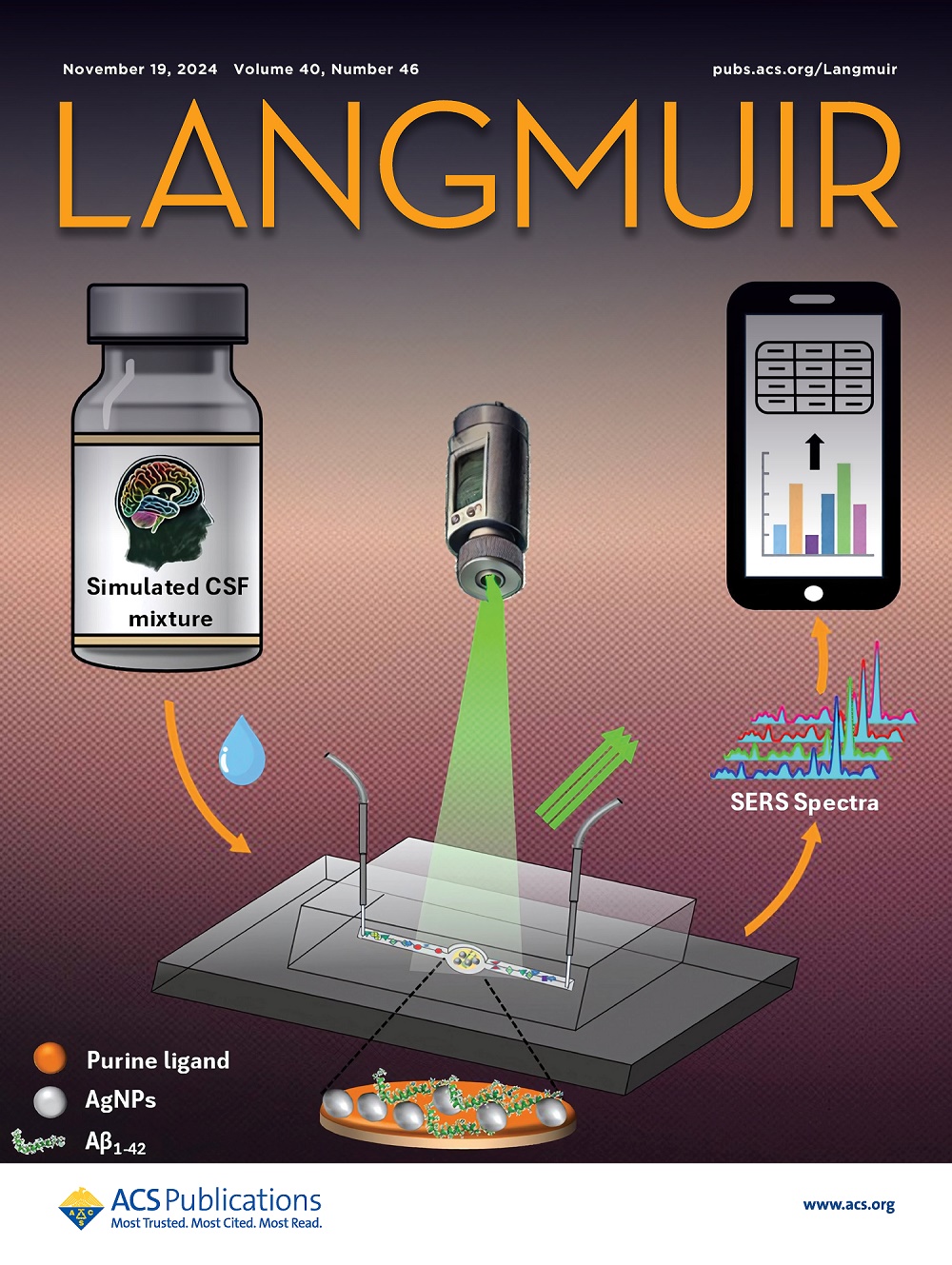The Study of the Inhibitive Behavior of COF-5 Lubricant Additives on Wear and Corrosion of the Tin Bronze Friction Pair during the Current-Carrying Process
IF 3.7
2区 化学
Q2 CHEMISTRY, MULTIDISCIPLINARY
引用次数: 0
Abstract
COF-5 is an excellent choice as a lubricant additive due to its high specific surface area and regular layer stacking structure. In this paper, the porous covalent organic frameworks of the COF-5 nanomaterial were successfully synthesized as a lubricant additive via a method of sonochemical synthesis. Pure [BMIM][SCN] (BS) was used as the base oil, and the tribological properties of the COF-5-BS composite lubricant were evaluated by using a ball-on-disk wear tester. The results were demonstrated that the wear volume of BS with the addition of 0.1 wt % COF-5 was reduced by 46.64% as compared to that of the pure BS, and the corrosion on the friction interface was effectively inhibited by the addition of COF-5 nanomaterial. This phenomenon was ascribed to COF-5 with a large specific surface area, being adsorbed onto the friction interface, which could repair the wear-induced pits and prevent the direct contact between the metal substrate and the corrosive medium. The tribological properties of the COF-5-BS composite lubricant could be efficiently regulated under the applied electric current. The results of intelligent electric current-controlled friction were indicated that the average coefficients of friction (COF) under the current stimulation of 30 mA with on/off cycling were reduced by 12.05% as compared to that of a continuous current operated for 1 h. Moreover, the wear volume and depth were reduced by 11.69% and 8.75%, respectively. That is because the short duration of current regulation could enhance the rapid formation of a lubricant film composed of BS liquid and COF-5 nanosheets on the friction interface. Meanwhile, the temperature on the interface would not be high to produce the failure of lubricating film, resulting in an excellent low friction coefficient and excellent antifriction property.

COF-5润滑油添加剂对锡青铜摩擦副载流磨损和腐蚀的抑制作用研究
COF-5具有较高的比表面积和规则的层状堆积结构,是润滑剂添加剂的理想选择。本文采用声化学合成的方法,成功地合成了COF-5纳米材料的多孔共价有机骨架作为润滑剂添加剂。以纯[BMIM][SCN] (BS)为基础油,采用球盘式磨损试验机对COF-5-BS复合润滑油的摩擦学性能进行了评价。结果表明,添加0.1 wt % COF-5的BS的磨损体积比纯BS减少46.64%,COF-5纳米材料的加入有效抑制了摩擦界面的腐蚀。这一现象归因于COF-5具有较大的比表面积,被吸附在摩擦界面上,可以修复磨损凹坑,防止金属基体与腐蚀介质直接接触。COF-5-BS复合润滑剂的摩擦学性能可以在外加电流的作用下有效调节。智能电流控制摩擦实验结果表明,与连续电流运行1 h相比,30 mA开/关循环电流刺激下的平均摩擦系数(COF)降低了12.05%,磨损体积和深度分别降低了11.69%和8.75%。这是因为短时间的电流调节可以促进摩擦界面上由BS液体和COF-5纳米片组成的润滑膜的快速形成。同时,界面温度不会过高而导致润滑膜失效,从而具有优异的低摩擦系数和优异的抗摩擦性能。
本文章由计算机程序翻译,如有差异,请以英文原文为准。
求助全文
约1分钟内获得全文
求助全文
来源期刊

Langmuir
化学-材料科学:综合
CiteScore
6.50
自引率
10.30%
发文量
1464
审稿时长
2.1 months
期刊介绍:
Langmuir is an interdisciplinary journal publishing articles in the following subject categories:
Colloids: surfactants and self-assembly, dispersions, emulsions, foams
Interfaces: adsorption, reactions, films, forces
Biological Interfaces: biocolloids, biomolecular and biomimetic materials
Materials: nano- and mesostructured materials, polymers, gels, liquid crystals
Electrochemistry: interfacial charge transfer, charge transport, electrocatalysis, electrokinetic phenomena, bioelectrochemistry
Devices and Applications: sensors, fluidics, patterning, catalysis, photonic crystals
However, when high-impact, original work is submitted that does not fit within the above categories, decisions to accept or decline such papers will be based on one criteria: What Would Irving Do?
Langmuir ranks #2 in citations out of 136 journals in the category of Physical Chemistry with 113,157 total citations. The journal received an Impact Factor of 4.384*.
This journal is also indexed in the categories of Materials Science (ranked #1) and Multidisciplinary Chemistry (ranked #5).
 求助内容:
求助内容: 应助结果提醒方式:
应助结果提醒方式:


